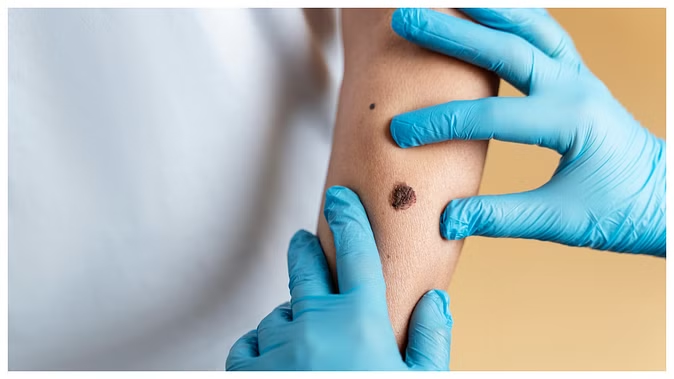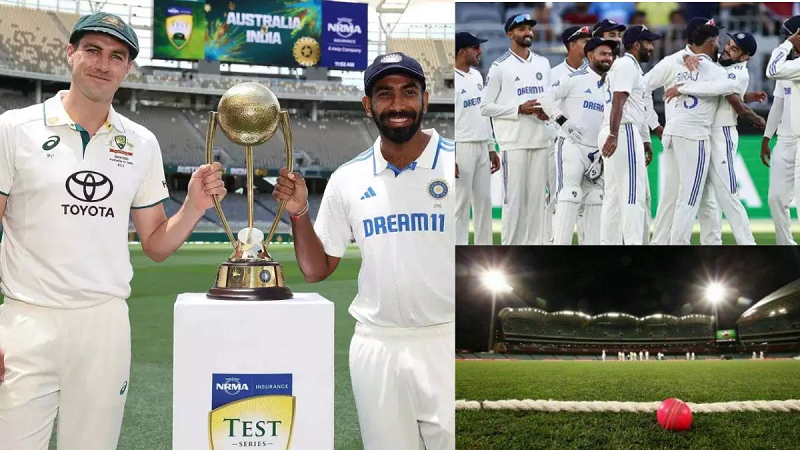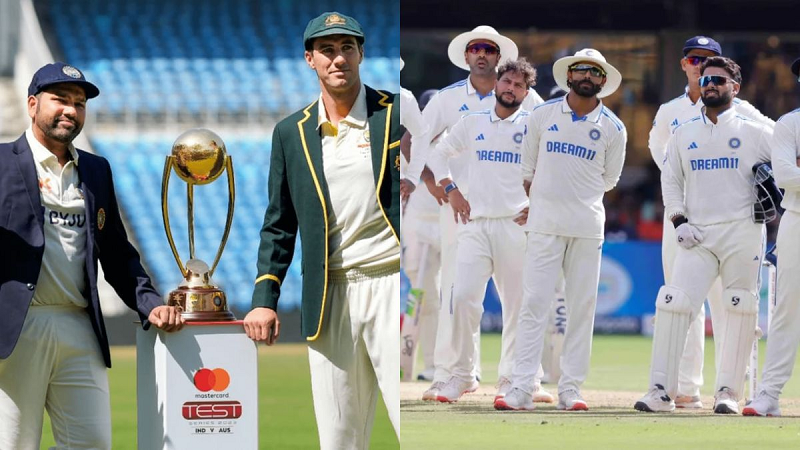The monkeypox infection, which was reported more in African countries a few years ago, has now engulfed many countries of the world. Be it in the US-UK or Asian countries, monkeypox has spread almost everywhere. In many cases, health experts are considering monkeypox as a major threat, due to which the risk of death has also been high. Given the increasing spread of the infectious disease, the World Health Organization (WHO) had to declare it a 'global health emergency' twice within two years.

In the last few months, cases of monkeypox (Mpox) have been seen increasing rapidly. Studies found the new strain of the virus 'Clade 1B' to be the main reason for this. Given the increasing risks due to this strain, the WHO declared monkeypox a health emergency on August 14.
Recent reports show that this dangerous strain has now reached India as well. The first case of ampox clade 1B has been reported in Malappuram, Kerala. It has been identified in a 38-year-old man who came to India from the United Arab Emirates. The case found in Kerala is also the first case in South Asia from the new strain.
New strain reaches India.
Health Ministry spokesperson Manisha Verma has confirmed this strain. She said a person infected with clade 1B has also been confirmed in India. This person was found infected with ampox in Malappuram last week. The earlier case of monkeypox seen in India had the clade 2 strain of the virus. Clade 2 is the strain that caused the increase in ampox cases globally in the years 2022 and 2023.
It is worth noting that scientists have identified two strains of ampox 'Clade 1' and 'Clade 2', in which 'Clade 1' and its sub-variants like 'Clade 1B' are considered more dangerous and cause serious health complications.
Clade-2 cases have been seen so far.
After the Clade 1B strain was first identified in the Democratic Republic of Congo, it spread to neighboring countries. In August, Clade 1B infection was confirmed for the first time outside Africa, it was reported in Sweden and Thailand. Now it has been seen in India as well. Let's understand about these two strains.
Infection due to Clade-2
Clade-2 is a strain mainly reported in West Africa. It is contagious but its symptoms are mild. Patients have symptoms like skin lesions and rashes. Lymphadenopathy i.e. problems of lymph nodes are less pronounced in it. Its contagiousness and mortality rate were also not very high. However, experts classify it as a threat.
'Clade 1' is considered more dangerous.

Unlike the Clade 2 strain, 'Clade 1' is more dangerous in many cases. Reports of recent infections show that they are usually more severe. Its symptoms include complications such as encephalitis, pneumonia, and respiratory problems, along with skin and more severe wounds and ulcers. Its rate of spread from one person to another is also said to be high.
The mortality rate due to Clade-1 infection is also high. Due to its high contagiousness, it has spread to many countries of the world in a short time.
What did WHO say?
Regarding the threat of monkeypox, the WHO said in its recent report, that new Clade 1B cases continue to be reported in many countries of the world, including Congo. It remains a risk for countries around the world, including Nigeria and countries in East, West, and Central Africa. It is important to investigate ampox outbreaks, enhance control efforts, and provide accurate information to the public.
Those who are confirmed to be infected should be treated according to the established guidelines. A collective effort is needed to tackle this serious global threat.
(PC: Freepik)










